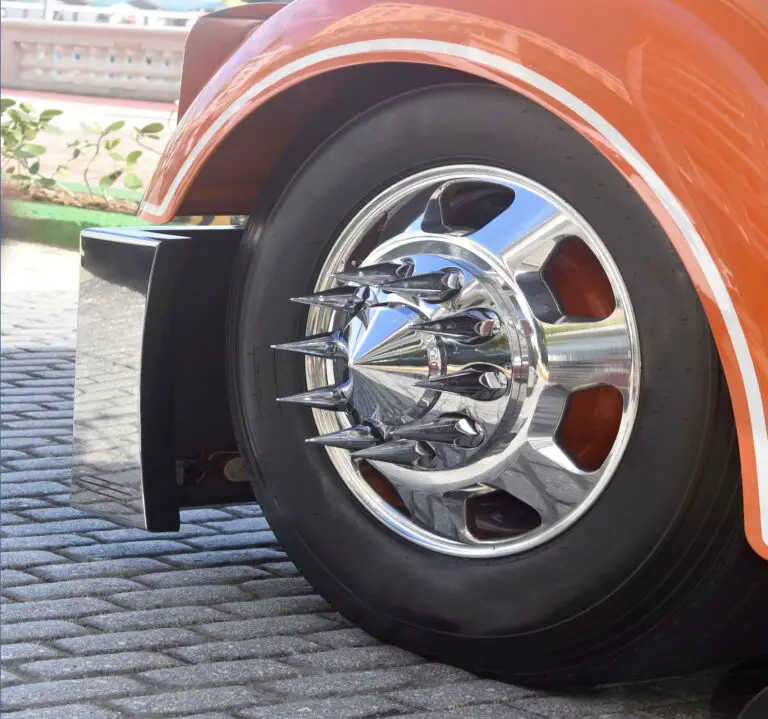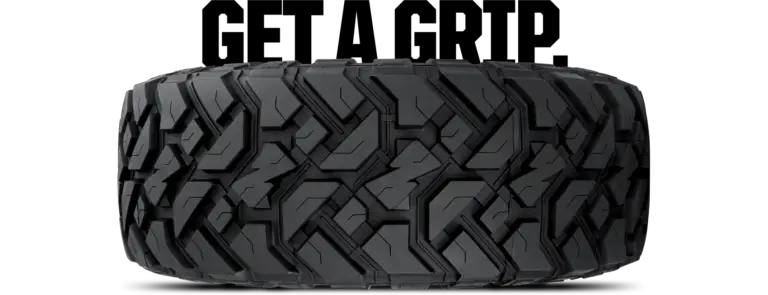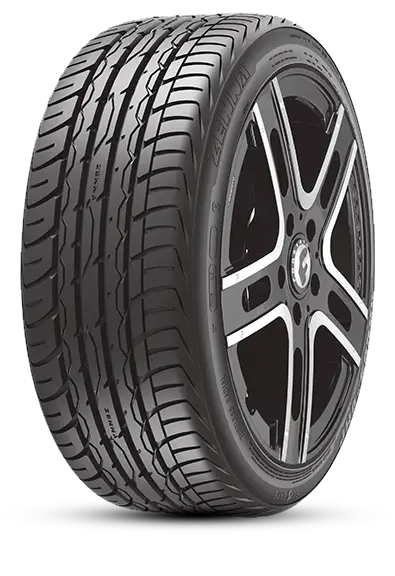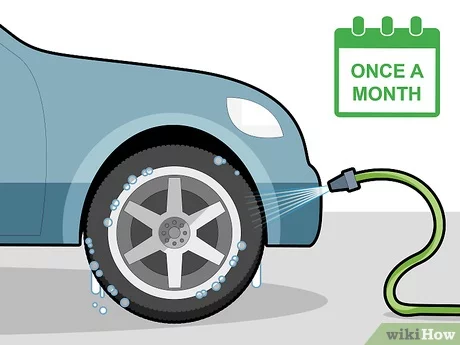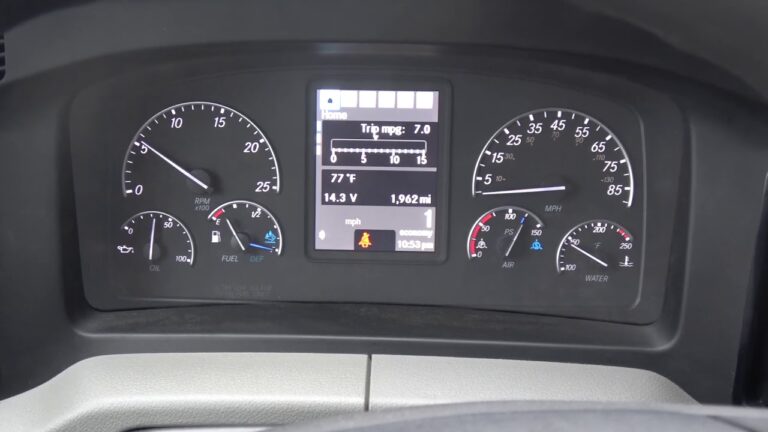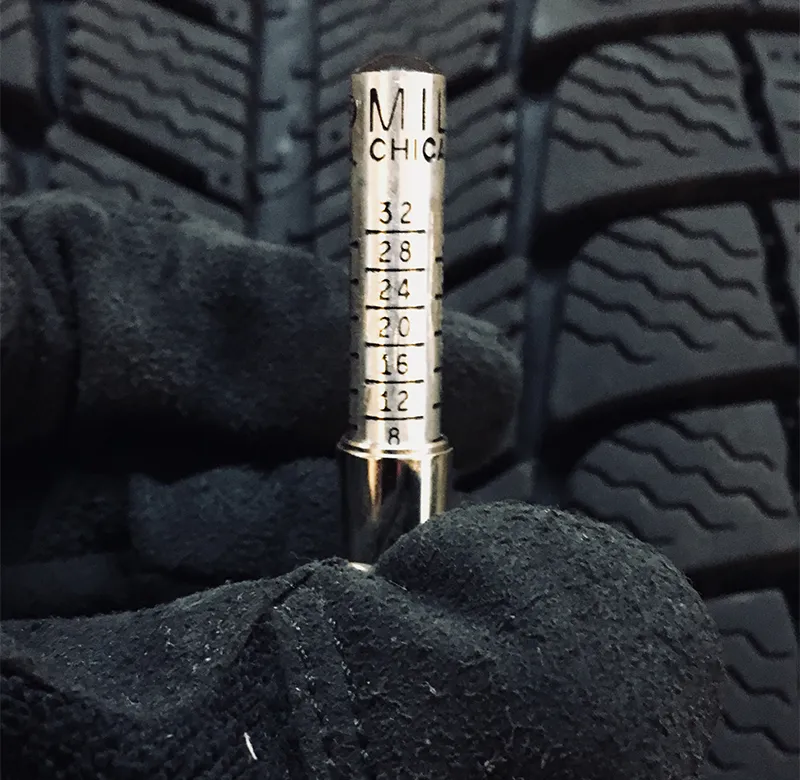
To use a tire tread gauge, push it into the tread groove and read the depth. Tire tread gauges are essential tools for assessing the depth of your tire treads to determine if they are worn out and need replacing.
By measuring the tread depth, you can ensure your tires are safe for driving and prevent accidents due to poor traction on the road. Understanding how to properly use a tire tread gauge is crucial for maintaining the optimal performance and longevity of your tires.
In this guide, we will explore the steps involved in using a tire tread gauge accurately and efficiently to keep your vehicle safe on the road.

Credit: www.basilcars.com
Navigate As You Want: [show]
Types Of Tire Tread Gauges
There are different types of tire tread gauges available, including digital tread depth gauges and manual tread depth gauges. Digital tread depth gauges use electronic sensors to measure the depth of the tread, providing accurate and precise readings. They often have digital displays that make it easy to read the measurements. On the other hand, manual tread depth gauges require you to physically insert a pin or probe into the tread groove to measure the depth. These gauges are simpler in design but may require more effort and precision when taking measurements. Both types of gauges can help you determine the remaining tread depth of your tires, which is important for ensuring safe driving conditions and knowing when to replace your tires.
Using A Digital Tread Depth Gauge
To measure tire tread depth accurately, use a digital tread depth gauge. Push the gauge into the tread groove, ensuring the handles rest flat on the adjacent blocks. The measurement indicates the depth of the groove, allowing you to determine the tread depth easily.
This helps assess the condition of your tires and decide when to replace them.
| To use a tire tread gauge effectively, first, ensure the tire surface is clean and debris-free. Place the gauge head in the tire grooves, pressing firmly to get an accurate reading. Check multiple spots across the tire for consistency. Average the readings to determine tread depth. If the depth is below the recommended level, it’s time to consider replacing the tire. Always reset the gauge after each use for accurate measurements. Regularly monitoring tread depth helps maintain tire safety and performance. |
Using A Manual Tread Depth Gauge
To use a manual tread depth gauge, insert the extended end into the groove and press down until the handles rest on the adjacent tread blocks. The measurement stick will extend according to the depth of the groove, allowing you to accurately measure the tire tread depth.
| Introduction: | Using a manual tread depth gauge is crucial for maintaining safe driving conditions. |
| Step-by-Step Instructions: | Insert the gauge into the tread groove, ensuring it rests flat on adjacent tread blocks. Avoid touching the measuring pin while removing the gauge for an accurate reading. |
| Average multiple readings taken across different areas of the tire to get an overall tread depth measurement. | |
| Know when to replace the tire by checking the tread depth against manufacturer’s recommendations. | |
| Reset the gauge after each use for consistent and reliable measurements over time. |
How To Interpret Tread Depth Measurements
|
When it comes to using a tire tread gauge, it is important to understand how to interpret the tread depth measurements. This can help you determine if your tires need to be replaced. The tread depth measurements on a tire gauge are typically given in 32nds of an inch. The higher the number, the more tread depth you have remaining. Signs of low tread depth include uneven wear patterns, visible wear bars, and reduced traction on wet or slippery surfaces. It is recommended to replace your tires when the tread depth reaches 4/32 inch. |
When To Replace Tires
It’s crucial to regularly evaluate tire tread depth to ensure safe driving conditions. Tire tread gauges are essential tools for measuring tread depth accurately. If the tread depth falls below 4/32 inch, it’s time to consider replacing the tires for optimal performance and safety. In wet conditions, low tread depth can lead to hydroplaning, compromising vehicle control and braking capabilities. Low tread depth can also affect traction and handling in various road conditions, posing hazards to driver and passenger safety.

Credit: www.tirebuyer.com
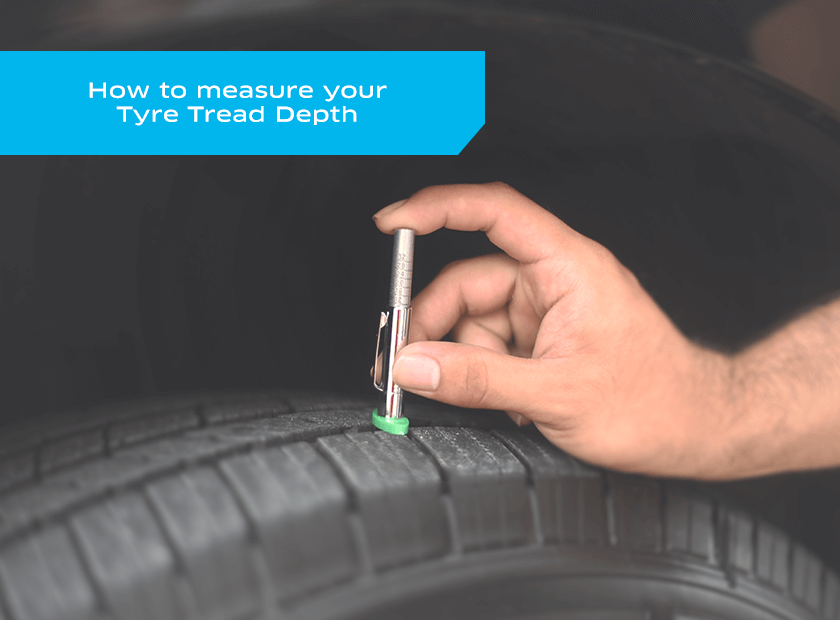
Credit: www.pclairtechnology.com
Frequently Asked Questions On How To Use A Tire Tread Gauge
How Do You Use A Tire Tread Indicator?
To use a tire tread indicator, insert the gauge into the tread groove and push down until flat. Measure the depth with the gauge stick to determine tire wear accurately.
How Do You Use A Tyre Tread Gauge?
To use a tyre tread gauge, insert it into the tread groove and push until the handles rest flat. Record the measurement indicated.
How Do You Measure A Tire With A Tire Gauge?
To measure a tire with a tire gauge, push the gauge’s driver end into the tread groove until the handles rest flat on adjacent tread blocks. The measurement stick will extend based on the depth of the groove.
What Is The Proper Way To Measure Tire Tread Depth?
To measure tire tread depth, use a tire tread gauge to push the extended end into the tread groove until the handles rest on adjacent tread blocks. Then, read the measurement stick to determine the depth of the groove. Avoid touching the measuring pin to ensure accurate results.
Conclusion
To ensure your tire treads are safe and in good condition, using a tire tread gauge is essential. By following a few simple steps, you can easily measure the depth of your tire treads and determine if they need to be replaced.
Remember to push the gauge into the tread groove, keeping it level with the outer portion. Then, compare the measurement with the manufacturer’s recommended tread depth. Regularly checking your tire treads will help prevent accidents and ensure a smooth and secure ride.
Keep your tires in top shape by regularly using a tire tread gauge.
